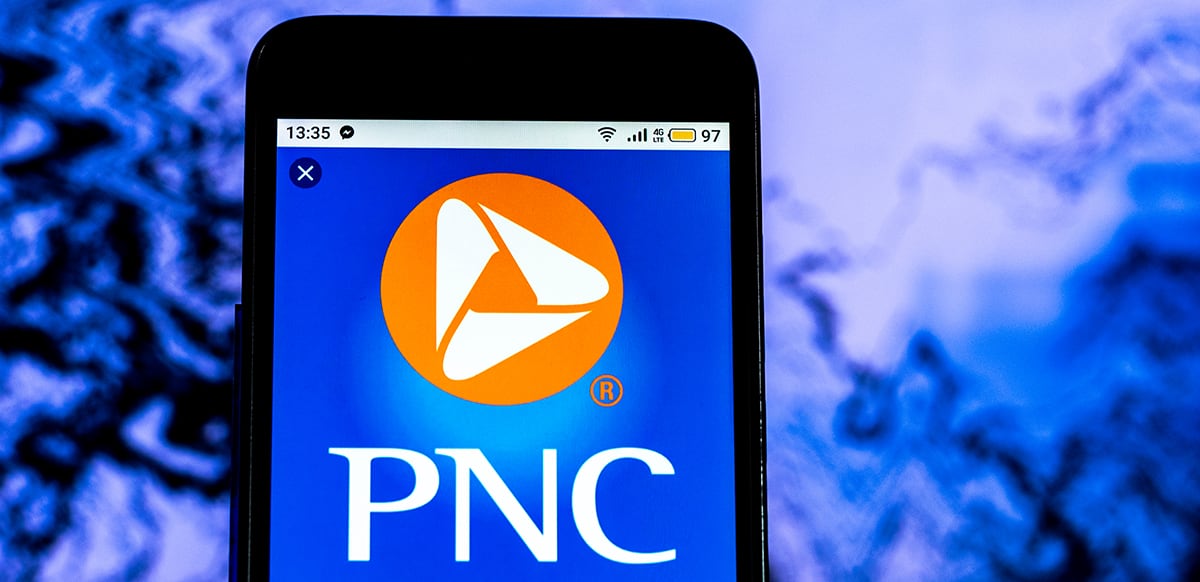PNC's acquisition will make it the fifth-largest bank in the US.

PNC’s agreement to acquire BBVA USA for $11.6 billion in an all-cash deal will help the Pittsburgh-based regional lender become the fifth-largest bank in the country and grant it coast-to-coast reach, thanks to the addition of the Sunbelt states, where BBVA largely operates.
While no one knew which target PNC had set its sights on, Kyle Sanders, equity research analyst at Edward Jones, says the bank had been telegraphing that it was on the hunt for a large-scale acquisition ever since it divested shares in BlackRock for $14.4 billion in May.
“It certainly was not a surprise, and I would say this will be one of many deals you will see among the regional banks in the United States going forward. We expect to see a lot of M&A activity over the next 18 months as they look to get bigger and add scale,” says Sanders. “Interest rates are low and they’re going to stay low for a long time. For banks to combat that, they’ve got to squeeze more cost out of the model, and they have to be more efficient. The best way to do that is to get bigger to have more resources to invest in technology. PNC is a fraction of the size of JPMorgan or Bank of America. PNC, along with other regional banks, will likely do deals to bolster their technology footprint.”
BBVA is one of the top players in Texas—the fastest-growing state in the US—and Sanders says the younger, digital-savvy demographic there will benefit PNC as it seeks to push digital banking across its existing and legacy footprint, which is more on the East Coast.
It’s also worth remembering that the acquisition by BB&T of SunTrust was finalized this time last year to form Truist, the sixth-largest bank in the nation. M&A gives regional banks—with fewer resources than the largest US banks—a chance to grow. This consolidation trend to create size and scale is
being mirrored in Europe, with BBVA already in talks with Sabadell to create Spain’s second-biggest domestic bank.



